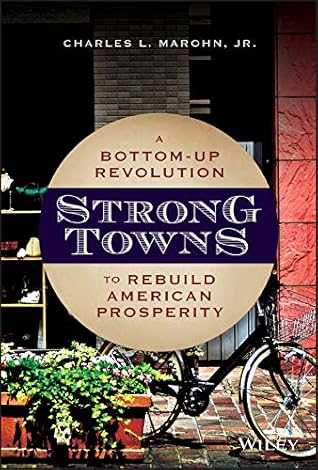More on this book
Community
Kindle Notes & Highlights
Read between
January 30 - February 4, 2025
I started to look at projects I knew well. The first was my own home. At the time, my wife and I lived in a single-family house on a cul-de-sac with a paved road. When the road was surfaced, the city paid half the cost while my neighbors and I paid the other half. I ran the numbers; it would take 37 years of my neighbors and I paying taxes for the city to merely recoup the cost they had initially put into building the road.
We all pay our gas tax and expect the roads to be maintained, improved, and expanded when needed. Yet, as the ASCE has suggested – I think correctly – the gas tax comes nowhere near funding transportation to even a minimum tolerable condition.
The economics of a traditional city was like a person standing. It could grow, even very rapidly, but it was also stable without growth. Growth was a positive condition, but not a requirement. In contrast, the post-Depression American city is increasingly like a person on a bicycle; it must keep growing, at ever accelerating rates, or things fall apart.
Middle-class housing subsidies and transportation spending are the bread and circuses of modern America. Americans express a preference for single-family homes on large lots along cul-de-sacs because that’s the lifestyle we subsidize. We’ve been willing to bankrupt our cities, and draw down the wealth prior generations built, in order to provide that subsidy. It can’t go on indefinitely.
most North American cities are going to contract over the next three decades. That means infrastructure will fail and neighborhoods will be abandoned.
It is critical that every neighborhood in America be allowed, by right, to evolve to the next level of development intensity. That means empty spaces need to be allowed starter homes, even small houses, on footprints that can be expanded over time. It also means that single-family homes must be allowed to add accessory apartments, or convert to a duplex, without any special permitting, approval of neighbors, or added conditions. To become more financially productive, we need our neighborhoods to thicken up.


